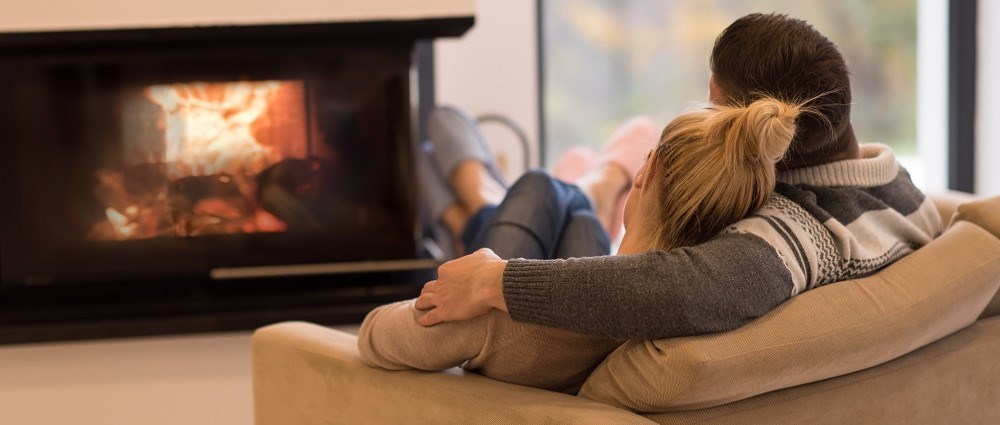How to get your open fire or log burner ready for colder months
There’s nothing quite like cosying up in front of an open fire or wood burner when it’s cold and damp outside.
But before you light your fire, take some time to ensure that it’s working efficiently and safely.
It’s also important to be aware of new rules about the type of fuel you burn if you live in England.
Here’s a run-down of what you need to know.
Have a look outside
If you have birds nesting in your chimney flue then you’ll need to carefully remove the nest and fit a guard to stop them returning. Also, make sure there aren’t any plants growing up the outside of your house that could be blocking the flue.
Book a sweep
It’s recommended that you have your chimney or flue liner swept at least once a year to ensure any build-up of soot is removed and the flue is clear and safe. It’s important to do this before you start using your fire each year.
You can use this search tool to find a local chimney sweep. You might find they’re really busy at the start of Autumn, so it’s always good to try and arrange a visit earlier in the year.
Clean out your fire
Clean out the ash from your fire and empty the ash pan. This is a job you should do regularly, depending on how often you use your fire. Once you have cleared out the ash, check the air inlet holes are clear to allow the air to flow in.
Also, check that there are no visible signs of damage, such as cracks or chips in the fire bricks. You may be able to repair these using some fire cement.
Clean the glass on your burner
If you have a wood burner then it’s a good idea to clean the glass. You could try a method recommended by Grenadier Firelighters, which is to dip old newspaper in water, followed by some residual ash. After using this method to clean the glass, wipe it down with a damp cloth to remove any excess ash.
Test your alarms
Use lighting your fire as a reminder to test your smoke alarms, a job you should aim to turn into a weekly habit.
Also, don’t forget to test your carbon monoxide alarms. Carbon monoxide is produced when fuels such as coal and wood don’t burn fully, and it can be fatal[1].
Keep space around your fire
Remember to keep any furniture and soft furnishings at a safe distance from the fire.
If you have children or pets, then consider using a fire screen to help keep them at a safe distance, too.
New rules on fuel
Many of us will have a good store of dry fuel ready for those cold autumn and winter nights. But, make sure you're aware of the regulations that came into force in May 2021[2].
People with log burners and open fires can still use them, but will be required to buy cleaner alternative fuels – if they are not already – such as dry wood and manufactured solid fuels which produce less smoke
The restrictions mean that:
- Sales of bagged traditional house coal and wet wood in units under 2m3 are now unlawful.
- Wet wood in larger volumes must be sold with advice on how to dry it before burning.
- All manufactured solid fuels must now have a low sulphur content and only emit a small amount of smoke.
- In addition, a new certification scheme will see products certified and labelled by suppliers to ensure that they can be easily identified, and retail outlets will only able to sell fuel that is accompanied by the correct label.
A ban on the sale of loose coal from coal merchants will follow in 2022-3. See the government notice for more details on the ban.
While these bans will only apply in England, reports suggest that similar rules could be enforced in Wales and Scotland[3].
If you’re unsure where to find less polluting dry wood, then look for wood that is labelled as Woodsure Ready to Burn, meaning it has a moisture content below 20%.
It’s worth putting in a little bit of maintenance and care with your fire or wood burners, so you can continue to enjoy the comfort of a warming fire at home.

